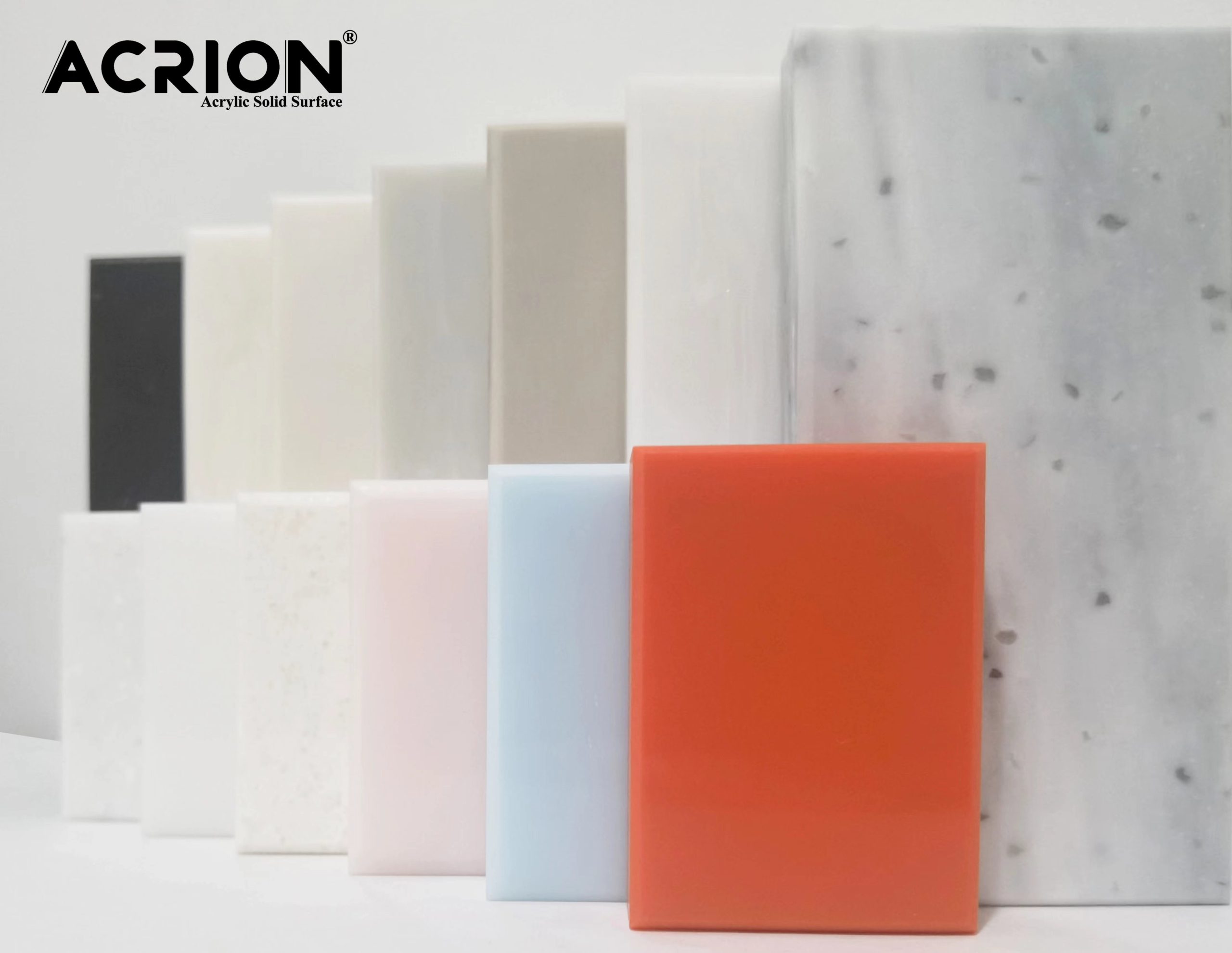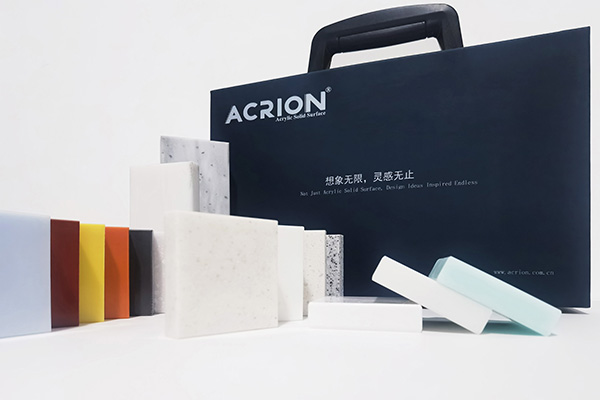Степень огнестойкости и огнестойкости акриловых твердых поверхностей необходимо оценивать в сочетании с конкретными формулами и стандартами испытаний. На его характеристики существенно влияют конструкция огнезащитной системы, выбор основных материалов и условия технологического процесса. Следующий анализ проводится по трем аспектам: огнезащитный механизм, конструкция формулы и стандарты испытаний:
Огнезащитный механизм относится к классу
Акриловая смола сама по себе обладает относительно слабыми огнезащитными свойствами, и ее рейтинг огнестойкости необходимо повысить путем добавления антипиренов. Например, вспучивающаяся огнезащитная система, в которой используется полифосфат аммония в качестве катализатора обезвоживания, пентаэритрит в качестве карбонизующего агента и меламин в качестве пенообразователя, может позволить покрытию образовывать защитный слой пены толщиной 20-30 мм при воздействии огня, тем самым изолируя источник огня. Эта система может обеспечить соответствие покрытия стандартам класса UL94 V-0 или GB 8624 B1, а конкретный класс зависит от типа и доли антипиренов в формуле.
Влияние дизайна формулы на оценки
Схема рецептуры антипиренов напрямую влияет на степень пожарозащиты. Например, формула с акриловой смолой в качестве основного материала и добавлением дигидрофосфата аммония, пентаэритрита и меламина позволяет достичь времени огнестойкости до 106 минут при условии толщины покрытия 1,30 мм. Если ввести неорганические антипирены, такие как нано-Mg(OH)₂, термостойкость покрытия и плотность карбонизированного слоя могут быть дополнительно улучшены, тем самым повышая класс огнестойкости.
Стандарты испытаний и определение оценок
Определение степеней огнестойкости должно основываться на конкретных стандартах испытаний. Например, стандарт GB/T 15442.2-1995 предусматривает, что время огнестойкости огнезащитного покрытия класса 1 должно составлять ≥20 минут, коэффициент распространения пламени ≤25, потеря веса <5,0 г, а объем карбонизации ≤25 см³. Акриловые огнезащитные покрытия должны пройти такие стандартные испытания, прежде чем можно будет определить степень их огнестойкости. Кроме того, международные стандарты, такие как метод ISO5659-2 и японский метод JIS A 1321, также могут использоваться для оценки таких параметров, как плотность дыма и скорость горения покрытия.
Высокая производительность в практическом применении
В практическом применении на характеристики акриловых огнезащитных покрытий влияют факторы окружающей среды. Например, в условиях высокой температуры и высокой влажности фосфор/азотсодержащие антипирены могут повлиять на водостойкость пленки покрытия и должны быть компенсированы сшивающими агентами. Кроме того, механические свойства, такие как адгезия и гибкость покрытия, также должны быть согласованы с классом огнестойкости, чтобы обеспечить его надежность в сложных условиях работы.



